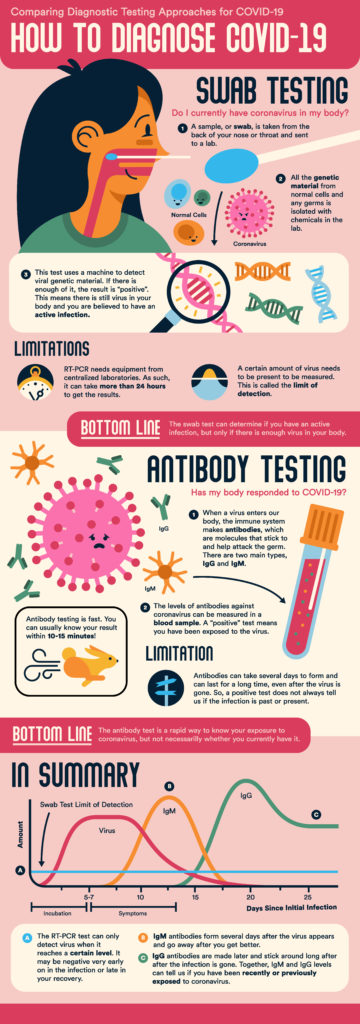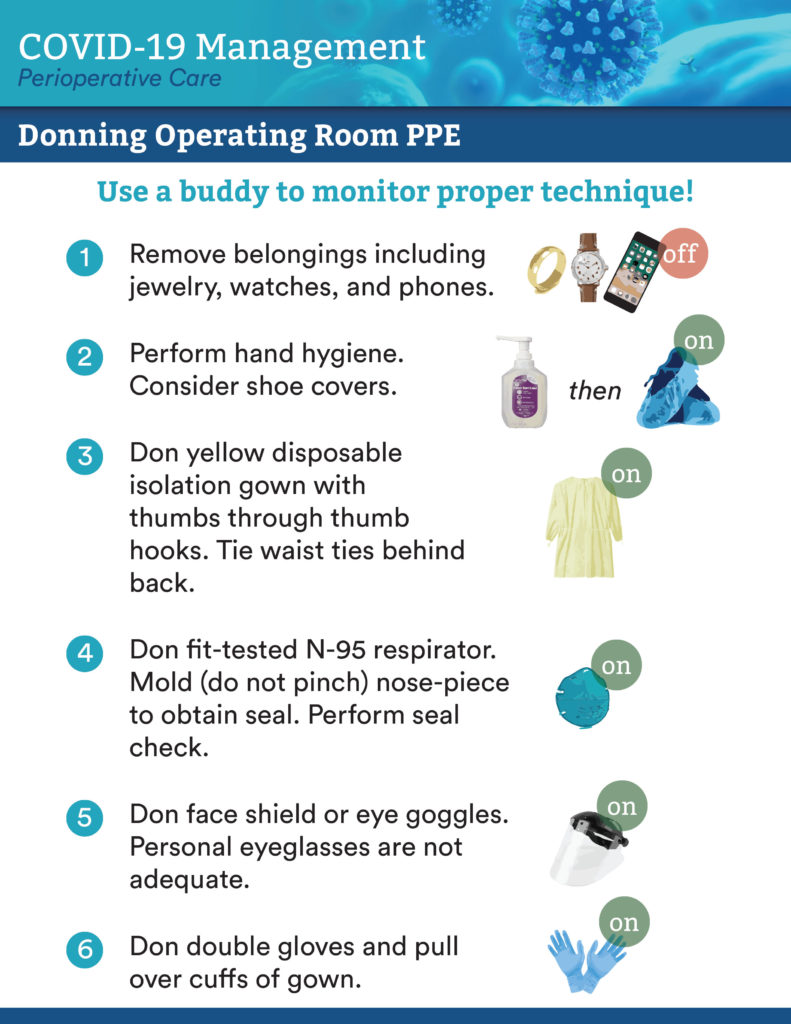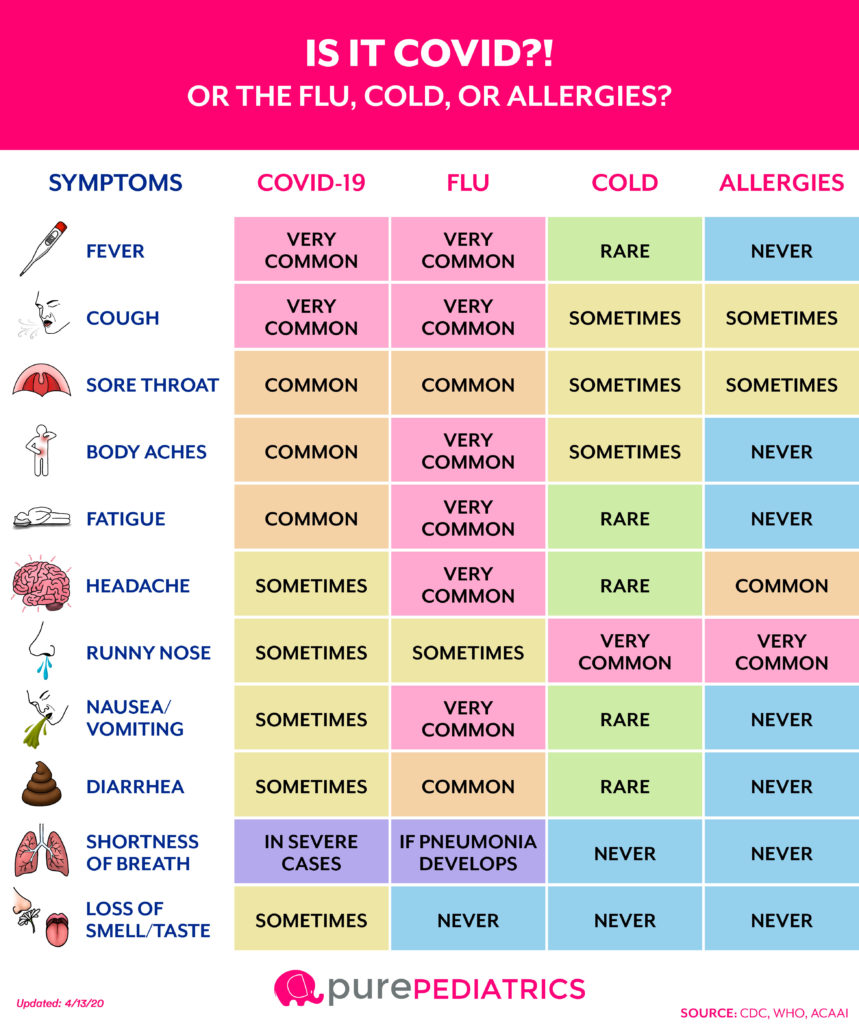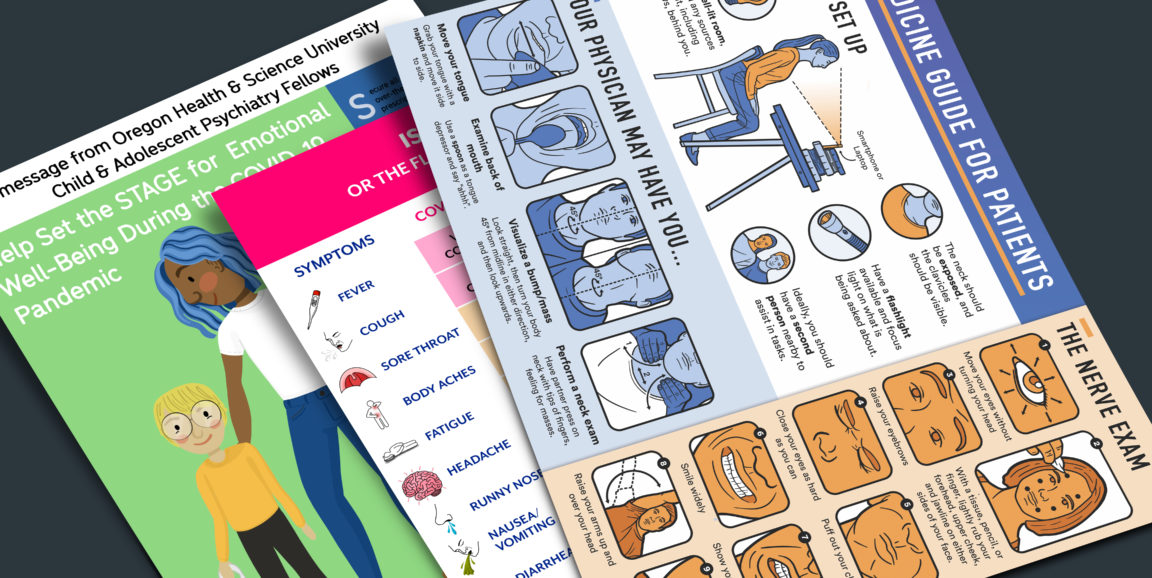Ryan Brewster wants to help you understand COVID-19 and how to protect yourself from it.
So, at the end of March, as the pandemic spread around the world, this Stanford medical student founded COVID Creatives, a group of artists and designers offering free infographics, posters and other materials to health care providers.
In a matter of weeks, COVID Creatives members produced materials illustrating how to put on and remove personal protective equipment (PPE); the pros and cons of different types of COVID-19 tests; and best practices for health care providers seeing patients through telemedicine.
The team also has designed materials to educate patients, including a chart comparing the symptoms of COVID-19 to colds and the flu; and a poster outlining how to practice good hygiene while homeless.
"As a medical student, I saw an exponential growth in the science and policy being produced around the pandemic," Brewster told me. "As a graphic designer, I saw a profound need to ensure this information was being packaged and disseminated properly. This was the most impactful way I could contribute, short of direct patient care."
Brewster, who is in his first clinical year of medical school, has moonlighted as a graphic designer and illustrator for nearly a decade. In college, he founded a grassroots clothing company and supported non-governmental organizations (NGOs) and on-campus organizations with his art. Now, he specializes in medical and scientific illustrations, with work appearing in publications, such as Cell and Nature Biotechnology.
While his classmates responded to the pandemic by collecting PPE, providing childcare for physicians and even manufacturing their own protective gear, Brewster realized that he could contribute his design skills, conveying helpful information about the virus in an accessible way.
Within a week of starting COVID Creatives, he'd become an artistic director overseeing a six-member team. They've fielded more than 30 assignments from providers in various medical disciplines, located across the United States and in Africa.



"We've been really excited by the diversity of the providers who are approaching us," Brewster told me. "We've worked with rural medicine doctors who work in predominantly Native American communities in Arizona, and chief surgeons at Mass General Hospital. Additionally, we're forging a partnership with the Africa CDC, to help with their digital awareness campaigns and education tools."
Brewster recruited his team from personal networks and an online community of graphic designers, illustrators and lettering artists called Perspective Collective. In addition to Brewster, two other Stanford medical students contribute.
Stanford Schor, who is in the MD-PhD program, has worked on and off as a photographer, and is adept at graphic design software. He defended his PhD thesis the day before a shelter-in-place order took effect in Santa Clara County, and was disappointed when his clinical rotations were placed on hold as a safety precaution.
He told me that he was eager to put his artistic skills to use for a good cause: "The first week we felt pretty stir-crazy because it felt like we were right on the cusp of being able to help out," Schor said.
Dana Leonard, who is also in her first clinical year, had noticed a lack of effective graphic design in materials about COVID-19, as well as rumors and misinformation spreading on social media. "Seeing that made me want there to be better images and more accurate depictions of what's going on," she told me.
While it was difficult to be sent away in the middle of her surgery rotation, Leonard said that staying home and tapping her broad range of artistic talents is the best way for her to help. "I'm ready to go back to the hospital, when they decide that it is time," she said.
Brewster, Leonard and Schor plan to keep their information and graphics coming until the pandemic is over -- or until they must resume their clinical rotations, whichever comes first.
"For as long as this pandemic persists, we will continue to place our skills in the service of those on the front lines," Brewster said. "I hope to build on the momentum that we've had and offer the services to as many providers who need it."
In addition to Brewster, Leonard and Schor, COVID Creatives also includes Sierra DeVuyst, Brittany Nielson and Andrea Wang. Hospitals and providers interested in posters, infographics, animations or web design from COVID Creatives can email covid19creatives@gmail.com.
Images by Ryan Brewster and COVID Creatives




